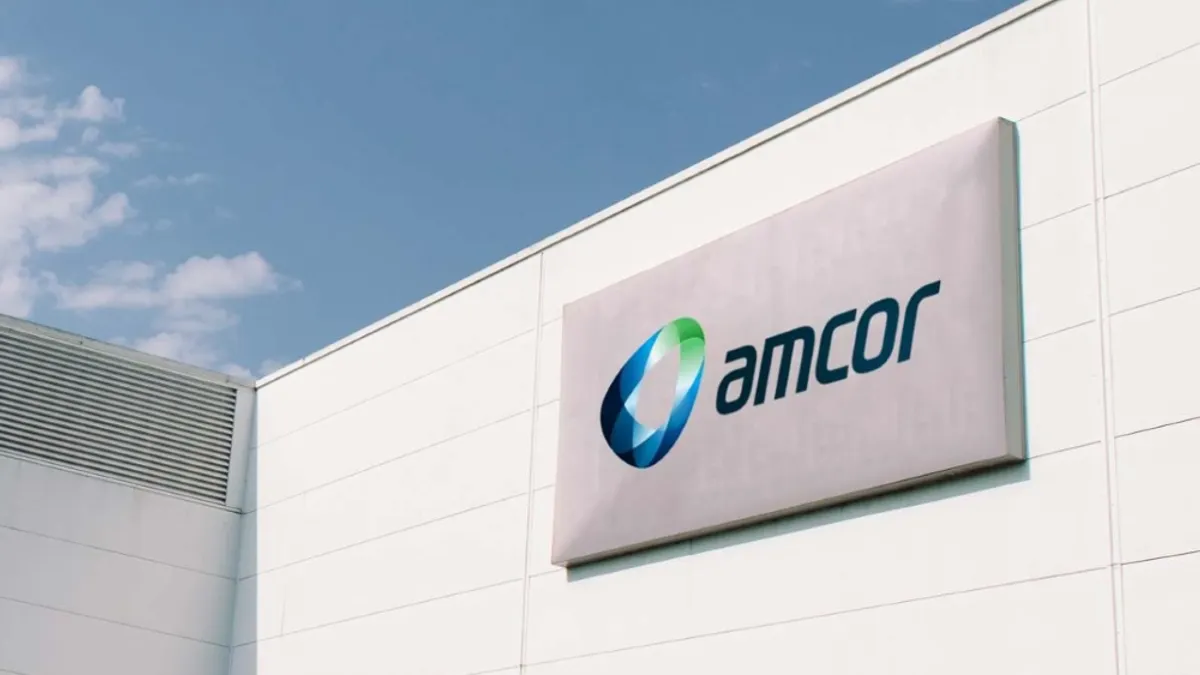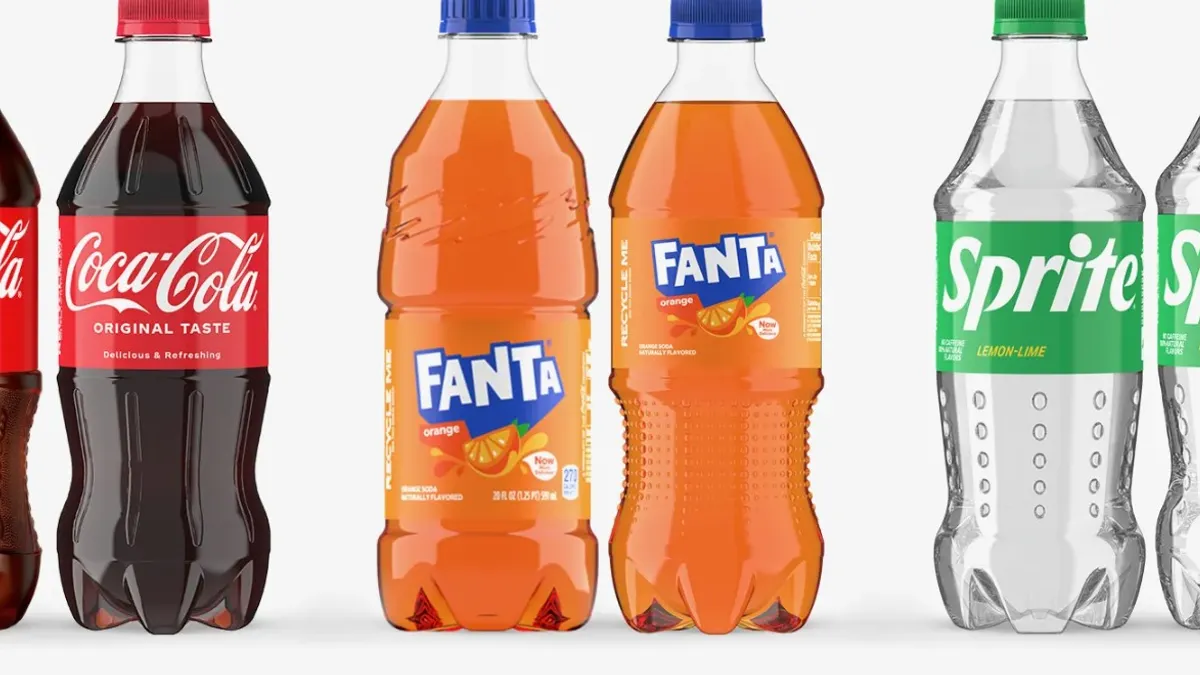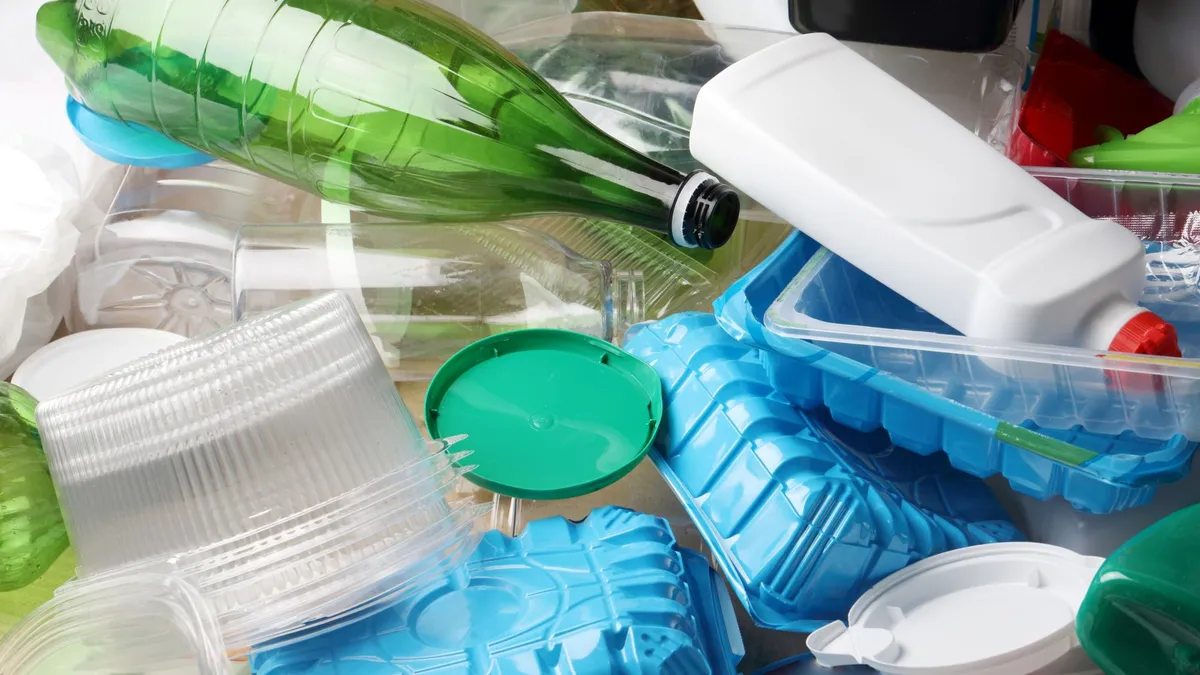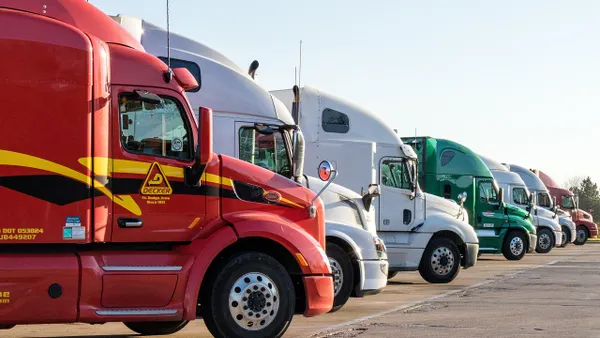Upstream is seeking to catalyze the creation of a trade association for reuse industry operators in 2024. The nonprofit, which focuses on supporting a shift from single-use to reuse, envisions the potential for regionalized reuse operators to be “stronger together.”
It comes at a moment when reuse leaders say they’ve built momentum the last few years, but more organized standardization and vetting for quality could further legitimize such systems and support growth.
CEO Crystal Dreisbach says that while the idea is in its early stages, such an association could create a unified voice for the industry in advocating for policy and investment, establish collective buying power, support economies of scale and promulgate standards and definitions for the industry to be applied across North America.
“I’m hoping by the end of the year we will have an association that has members in it and we are beginning the work of adhering to whatever criteria we set for membership and really plugging into how we can use our voice in policy discussions and do what's best for the reuse industry,” said Dreisbach, who was named CEO last summer after leading a waste prevention organization in Durham, North Carolina.
Initially, the goal would be to incorporate companies and groups that don’t need to be convinced into pursuing reuse, but that face infrastructure challenges. “Now we can show them the infrastructure is ready to go. It becomes a network of infrastructure across the country,” Dreisbach said.
Reuse depends on volume to make the numbers work, Dreisbach said. One example of how to increase volume would be if a large-scale corporation that has the potential to influence its sector wanted to adopt reusables across North America. That corporation could contract with the association, Dreisbach said, which could tap various regional reuse service providers to collectively meet those cross-country needs.
“So rather than each individual reuse service provider going after large-scale contracts on their own, which they may not have the capacity to take on, a reuse service industry association allows for large contracts which then translate into volume, which then makes the economies of scale realized,” Dreisbach said.
Washing infrastructure also remains a limiting factor, but large anchor clients can help justify setting up infrastructure. High-volume infrastructure then allows for capturing other sectors like school systems or stadiums. “There's such a chicken [or] the egg] phenomenon with reuse,” Dreisbach said. “You can't really build it and then they come. They have to come first. They have to say ‘yes, I want reusables’ and then commit to it.”
For reuse operator Re:Dish, key focuses in the year ahead include strengthening the technology and education needed to scale further.
By definition, reuse is local, says Re:Dish CEO Caroline Vanderlip. “The reality is that for it to have the intended effect environmentally, it needs to be in a small service area,” she said. In theory, a national organization “just supports the overall conversation and sets the record straight for anybody who might be confused about where reuse and refill fit in the hierarchy of waste options,” Vanderlip said.
Re:Dish operates circular dishware systems for corporate and school clients in the Northeast United States. In 2023, the company served markets from Wilmington, Delaware, through southern Connecticut, with washing facilities in New York and Philadelphia. The company washed about 1.7 million units, meaning containers like cups, plates and clamshells — and aims to do three to four times that volume in 2024. Re:Dish intends to grow in new geographies and expand in existing markets while eyeing universities, hospitals and sports and entertainment venues.
To scale further, Re:Dish believes there needs to be “significant development on the automation side,” Vanderlip said, noting they’ve developed a de-stacker that does not require human intervention.
Communication and education also remain important focuses. Vanderlip said in the four years since she founded Re:Dish there’s been a notable increase in consumer awareness, and educating those implementing the systems on effective and successful reuse is key as well. Vanderlip shared the example of improving return rates with client Barclays. “We also find that the population is much more primed to hear the message now,” Vanderlip said.
For Upstream’s industry organization vision, it’s thinking about foundational steps like working with partners to articulate objectives, build a core group, create a legal structure and recruit members. While Upstream doesn’t necessarily want to “own” such an organization forever, Dreisbach said it would “love to be that group to get it going.”


















